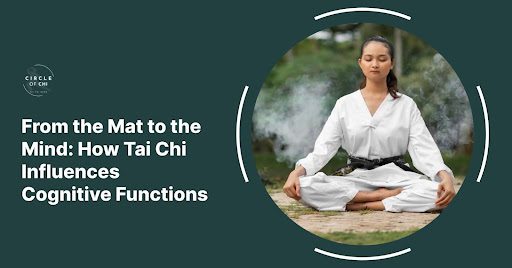Tai Chi as a Catalyst for Cross-Cultural Exchange and Understanding
Key Takeaways:
- Global Appeal: Tai Chi, a traditional Chinese martial art, is embraced worldwide, transcending cultural barriers and fostering a sense of global community.
- Health and Wellness: Recognized for its health benefits, Tai Chi promotes physical well-being, stress reduction, and mental clarity.
- Cultural Exchange: As a catalyst for cross-cultural exchange, Tai Chi offers insights into Chinese philosophy, promoting mutual respect and understanding.
- Community and Connection: Tai Chi gatherings and classes serve as platforms for social interaction and community building across cultures.
- Accessible Learning: With resources like Circle of Chi, learning Tai Chi is accessible to all, contributing to its role in cross-cultural understanding.
Tai Chi, an ancient Chinese martial art known for its slow, flowing movements and profound philosophical roots, has emerged as a powerful catalyst for cross-cultural exchange and understanding. This practice, deeply embedded in the wisdom of traditional Chinese culture, extends far beyond the realm of physical exercise, embodying a holistic approach to health, well-being, and harmonious living. In 2024, the global appeal of Tai Chi continues to soar, with individuals from diverse cultural backgrounds embracing its principles, thereby fostering a sense of global community and interconnectedness.
The health and wellness benefits of Tai Chi are well-documented, ranging from improved balance and coordination to stress reduction and enhanced mental clarity. However, its impact extends far beyond the individual, as Tai Chi serves as a bridge between cultures, offering a non-verbal language of understanding and mutual respect. Through its gentle movements and underlying philosophy, Tai Chi promotes a deeper appreciation of the richness and diversity of world cultures, encouraging practitioners to explore and embrace different cultural perspectives.
Communities worldwide are increasingly recognizing the role of Tai Chi in promoting cross-cultural understanding. Tai Chi gatherings, whether in parks, community centers, or online platforms, serve as melting pots of cultural exchange, where individuals come together to learn, practice, and share their experiences. These interactions not only enhance the practice of Tai Chi but also contribute to building a more inclusive and empathetic global community.
Learning Tai Chi has never been more accessible, thanks to a plethora of resources available for practitioners at all levels. From local classes to online courses, anyone interested in exploring this art form can easily find a suitable learning path. Organizations such as Circle of Chi are at the forefront of this movement, offering comprehensive resources and fostering a supportive community for Tai Chi enthusiasts around the world.
Tai Chi’s role as a catalyst for cross-cultural exchange and understanding is a testament to its universal appeal and timeless wisdom. As we look forward to a future marked by greater cultural interconnectedness, Tai Chi stands as a beacon of harmony, health, and mutual respect. Embracing the practice of Tai Chi is not just a step towards personal well-being, but a stride towards a more understanding and united world.
As the world becomes increasingly interconnected, the significance of Tai Chi as a medium for cross-cultural exchange is more pronounced than ever. The art of Tai Chi, steeped in the philosophy of yin and yang and the concept of achieving harmony through balance, resonates deeply with the global quest for peace and mutual understanding. This ancient practice, originating from China, has now become a universal language, transcending linguistic barriers and cultural differences.
The international reach of Tai Chi facilitates dialogue and understanding among different cultures. It provides a platform where people from varied backgrounds can come together, learn from each other, and cultivate a sense of global citizenship. This cultural exchange is not limited to the physical movements of Tai Chi but extends to the sharing of philosophical ideas, dietary habits, and holistic living practices intrinsic to the Tai Chi way of life.
Furthermore, Tai Chi’s emphasis on mindfulness and inner peace makes it an invaluable tool in today’s fast-paced, often stressful world. Practitioners find in Tai Chi a sanctuary of calmness and clarity, a space where cultural, linguistic, and geographical boundaries fade into the background. This shared experience of tranquility and focus paves the way for deeper connections and understanding among individuals from diverse cultures.
Organizations like Circle of Chi play a pivotal role in this cultural bridge-building. By offering a variety of classes, workshops, and events, they provide opportunities for people from different cultural backgrounds to meet, interact, and bond over their common interest in Tai Chi. These gatherings often lead to friendships and collaborations that extend beyond the Tai Chi sessions, contributing to a more cohesive and empathetic global community.
Moreover, the accessibility of Tai Chi, with resources like Circle of Chi’s online platform, ensures that this art form is not confined to any particular region or group. It’s a universal heritage, available to all who wish to explore its depths and reap its benefits. As we move forward, Tai Chi’s role in fostering cross-cultural understanding and global unity is likely to grow, reflecting humanity’s collective aspiration for harmony and peace.
In conclusion, Tai Chi stands not just as a form of physical exercise but as a vibrant, living bridge connecting cultures and hearts across the globe. Its gentle yet profound influence reminds us of the common thread of humanity that weaves through each of us, urging us to move together in harmony, respect, and mutual understanding.

